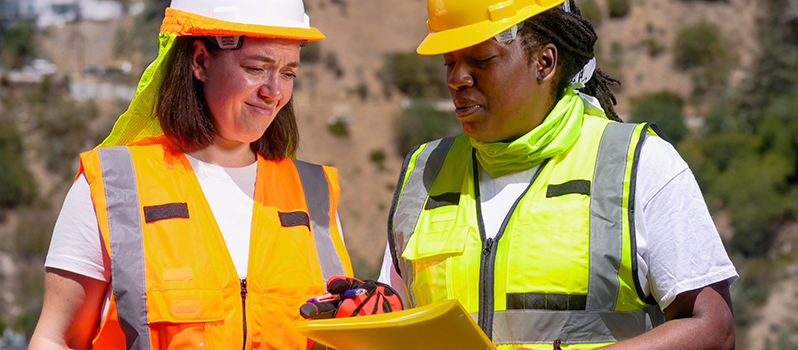
Understanding Overhead and Profit
By Jeff Blevins, Manager of Property Loss Consulting
Many mutual managers take on the responsibility of managing the company claims. Some managers even act as the adjuster. You may have come across “Overhead and Profit” in your review of estimates and discussions with contractors. This is also a common topic of inquiry that we receive from clients and I thought it would be helpful to offer this primer.
Overhead and Profit (O&P) is something general contractors frequently will charge as a line item on repair and construction estimates. In many situations, O&P is a legitimate cost for general contractors. In these cases, the insured is entitled to recovering these costs as part of the necessary expense of covered repairs.
A general contractor contracts for the completion of an entire project and:
- Purchases materials
- Hires and pays subcontractors
- Coordinates and supervises all of the work
- Researches zoning requirements and purchases necessary permits
- Takes on liability for failures or damage caused during the project
Question for the adjuster: Does the loss reasonably require a general contractor and is the person or company getting paid for the job actually acting as a general contractor? A common rule of thumb is to allow O&P if three or more trades are involved in the repair work. Note this is a generally accepted industry guideline, but not a law or part of policy language. Common sense and a reasonable and informed approach will go a long way in finding resolution in claims when this is not a black and white issue.
Overhead costs are the necessary operating expenses for the required facilities and equipment. They fall into two categories:
- General overhead costs are the daily costs of doing business that are not chargeable to any particular project. These typically include salaries, insurance, communication, technology and vehicle costs.
- Job overhead costs are sometimes referred to as general conditions for a job. These types of expenses include temporary office trailers, remote power and utilities, sanitation facilities, scaffolding and other access or safety needs specific to the job.
Profit is the money earned by the general contractor after incurring all the expenditures related to the project. This allows them to make a living and stay in business. A qualified and experienced general contractor will increase the chances of the project being completed on time and within budget.
“10 & 10” is a term in insurance restoration that refers to the contractor being paid overhead based on 10% of the project costs and profit based on 10% of the project costs. This amounts to the insured being charged 20% more than the total job estimate. The general contractor’s overhead and profit are two different types of costs and ideally should be stated as two separate numbers.
O&P and Indemnifying the Insured: To calculate the repair or replacement cost, it is necessary to determine what repairs are needed, who is qualified to do the work and how much the work costs. If O&P is justified, it should be included in the adjustment so that the insured is properly indemnified for their loss. When applying depreciation to determine the actual cash value (ACV) loss it can be applied proportionately to the O&P and sales tax.
If you would like to discuss this topic in greater depth, please contact us. Every claim has unique twists and turns and needs to be evaluated on its own merits.
